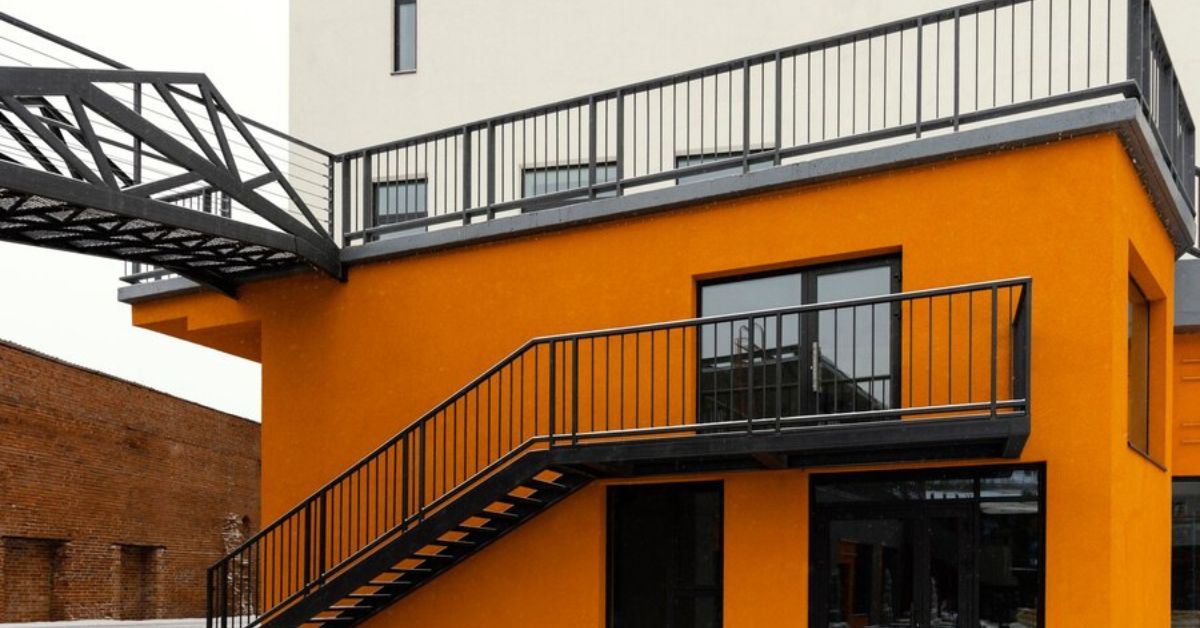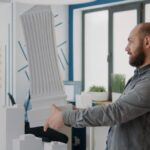Choosing the right exterior cladding for your home is crucial for both its aesthetic appeal and structural integrity. Various materials offer different benefits and drawbacks, making it important to understand your options before making a decision. This article will explore several popular types of exterior cladding, including fiber cement boards, vinyl siding, ACM panels, metal panels, and stucco. For homeowners seeking professional installation and guidance, exterior wall cladding in Chicago provides comprehensive services to meet diverse needs.
Fiber Cement Boards
1. Durability and Strength
Fiber cement boards are made from a mixture of cement, sand, and cellulose fibers, resulting in a highly durable and strong material. These boards are resistant to extreme weather conditions, including heavy rain, snow, and high winds, making them ideal for various climates.
2. Fire Resistance
One of the key advantages of fiber cement boards is their excellent fire resistance. Unlike wood or vinyl, fiber cement does not ignite easily, providing an extra layer of protection for your home.
3. Aesthetic Versatility
Fiber cement boards can mimic the appearance of wood, stucco, or masonry, offering a wide range of design options. They can be painted in any color, allowing homeowners to customize the look of their exterior.
4. Maintenance
While fiber cement boards are low-maintenance compared to wood, they do require periodic painting to maintain their appearance. However, they do not warp or rot, reducing the need for frequent repairs.
Vinyl Siding
1. Cost-Effectiveness
Vinyl siding is one of the most affordable exterior cladding options. Its low cost, combined with minimal maintenance requirements, makes it an attractive choice for budget-conscious homeowners.
2. Variety of Styles and Colors
Vinyl siding comes in a vast array of styles and colors, providing flexibility in design. It can mimic the look of wood, offering aesthetic appeal without the high maintenance.
3. Low Maintenance
Vinyl siding is easy to clean and does not require painting, staining, or sealing. It is resistant to pests and does not rot, making it a low-maintenance option.
4. Durability
While vinyl siding is durable, it can become brittle in extreme cold and may crack upon impact. It is also susceptible to fading over time due to prolonged exposure to sunlight.
ACM Panels (Aluminum Composite Material)
1. Modern Aesthetic
ACM panels offer a sleek, modern appearance, making them popular for contemporary designs. They consist of two aluminum sheets bonded to a non-aluminum core, providing a smooth and uniform finish.
2. Lightweight and Strong
ACM panels are lightweight yet strong, making them easy to install and handle. Their strength ensures long-lasting performance and resistance to dents and impact.
3. Fire Resistance
ACM panels have good fire-resistant properties, especially those with fire-rated cores. This enhances the safety of the building.
4. Low Maintenance
These panels are low-maintenance and resistant to weathering, corrosion, and pollutants. They retain their appearance with minimal upkeep, requiring only occasional cleaning.
Metal Panels
1. Durability
Metal panels, often made from steel or aluminum, are extremely durable and can withstand harsh weather conditions. They are resistant to rot, pests, and fire, ensuring a long lifespan.
2. Modern and Industrial Look
Metal panels provide a sleek, industrial look that is becoming increasingly popular in modern architecture. They offer a contemporary aesthetic that can enhance the visual appeal of a building.
3. Energy Efficiency
Many metal panels are designed with insulation properties, improving the energy efficiency of the building. They help maintain consistent indoor temperatures, reducing heating and cooling costs.
4. Maintenance
Metal panels require minimal maintenance. They are easy to clean and do not need regular painting or sealing. However, they may need occasional inspections for rust, particularly in coastal areas.
Stucco
1. Versatility
Stucco is a versatile cladding material that can be applied to various surfaces, including concrete, brick, and wood. It offers a seamless finish that can be textured or smooth, depending on the desired look.
2. Durability
Stucco is highly durable and can last for decades with proper maintenance. It is resistant to fire, insects, and rot, making it a reliable option for many homeowners.
3. Energy Efficiency
Stucco provides excellent insulation, helping to regulate indoor temperatures and improve energy efficiency. This can lead to lower energy bills and a more comfortable living environment.
4. Maintenance
While stucco is durable, it can develop cracks over time, which need to be repaired to prevent water infiltration. Regular maintenance is required to keep it in good condition and prevent issues such as mold and mildew.
Conclusion
Choosing the right exterior cladding for your home depends on various factors, including budget, aesthetic preferences, and maintenance requirements. Each material—fiber cement boards, vinyl siding, ACM panels, metal panels, and stucco—offers unique benefits and drawbacks. For personalized advice and professional installation, consider consulting with experts in exterior wall cladding in Highland Park. By understanding the characteristics of each cladding option, you can make an informed decision that enhances the durability and beauty of your home.










